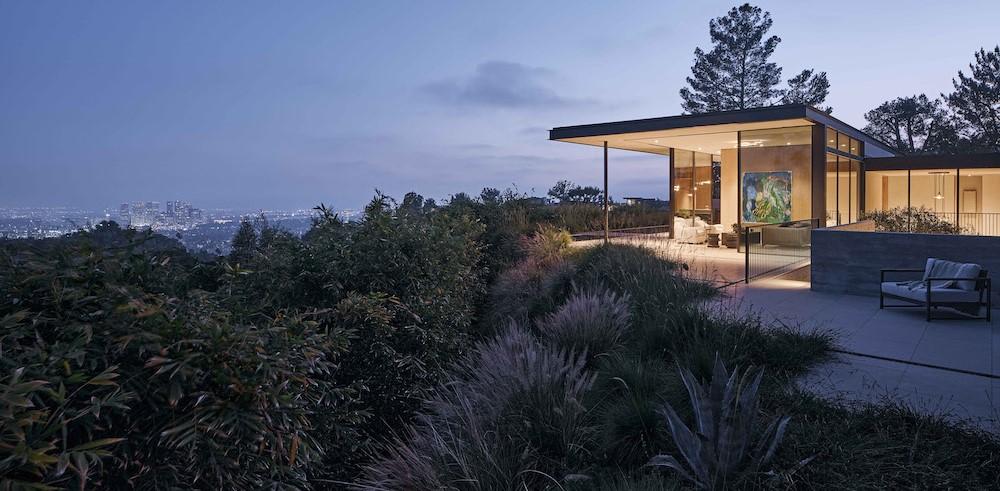Gustafson Guthrie Nichol is an 11-year-old landscape architecture firm – and winner of the prestigious 2011 Cooper Hewitt National Design Award – that’s just beginning to make a difference in the way we live in our cities, coast-to-coast.
“We’re relatively young,” said principal Jennifer Guthrie. “And we’re still getting our feet wet in our practice as a firm.”
But some of the projects they’ve already tackled – one at Chicago’s Millennium Park, another at Washington D.C.’s Smithsonian and still another in Seattle for the Bill and Melinda Gates Foundation – may foreshadow the ambitious arc of a dramatic practice trajectory.
The firm’s passion lies in bringing the American people back to their cities, and helping them remember how to love the urban experience of daily activities in their streets, parks and squares.
“We want to bring comfort back into urban spaces – for social interaction, business interaction and sports activities,” principal Shannon Nichol said. “We want to build communities. We don’t have a political or design agenda. We want to create something that grows out of a community, something that feels good.”
One of the inherent conflicts within that effort lies in creating a pedestrian-friendly atmosphere that still maintains an efficient vehicular traffic flow.
“It’s absolutely amazing, as a landscape architect, to be in a meeting with traffic engineers and our clients, usually a private entity or a developer,” Guthrie said. “We’ll be trying to create a safe pedestrian crossing, and the big debate will be over the two to eight seconds of delay time that it will create for a traffic light.”
There are not yet any pedestrian engineers for American cities. But traffic engineers now are beginning to defer, as the concept of foot traffic is woven back into America’s urban areas.
Density is another issue. As more people begin to live downtown, the concept of shared resources is becoming increasingly important.
“There’s the idea of the livable street – of looking at streets as shared spaces,” Nichol said. “If you look at that famous 1906 San Francisco cable car video, you can see how people used the street almost like a yard – it was used for so much, and that’s what made the city so livable, and so much more than just a means of getting from point A to point B.”
Their firm, the two say, is actively engaged in all that lies within the gray area between traffic engineering and architecture – the messy vitality necessary for a living city to thrive. And they’re clearly enjoying their roles in solving the challenges that come with that territory.
[slideshow id=427]


